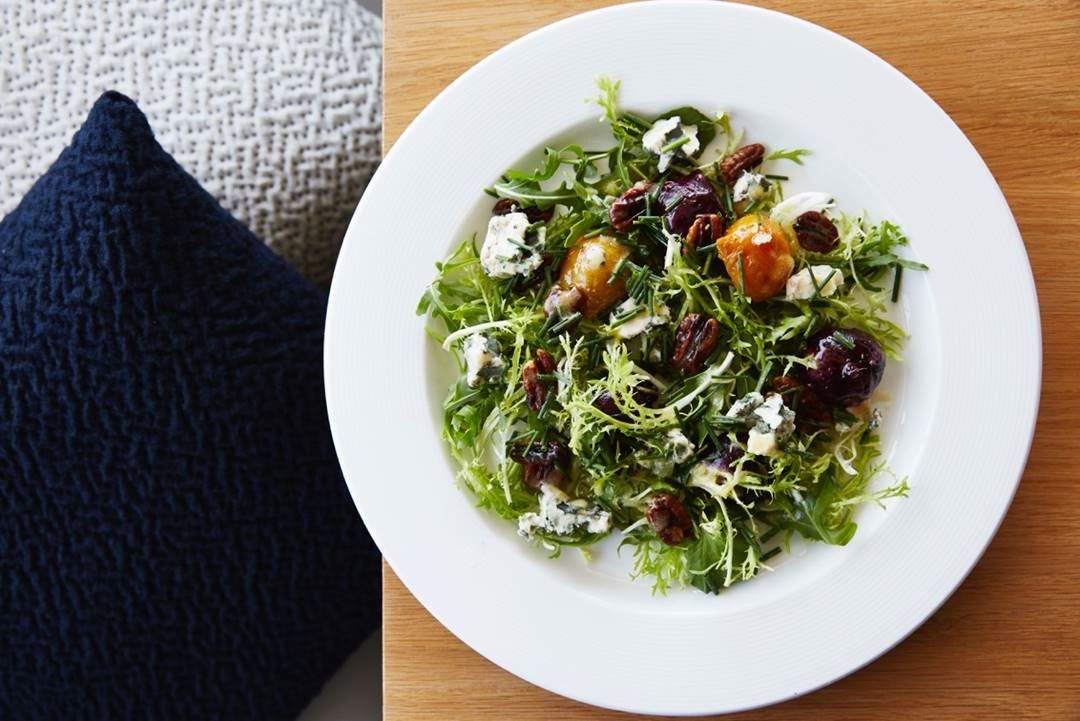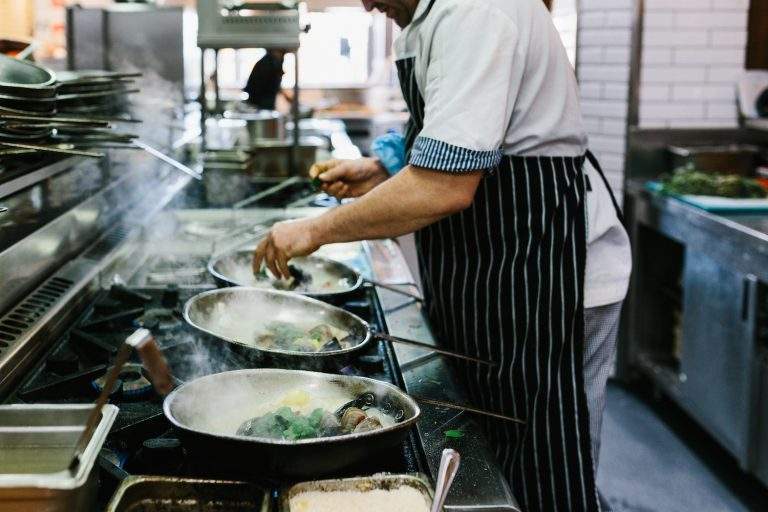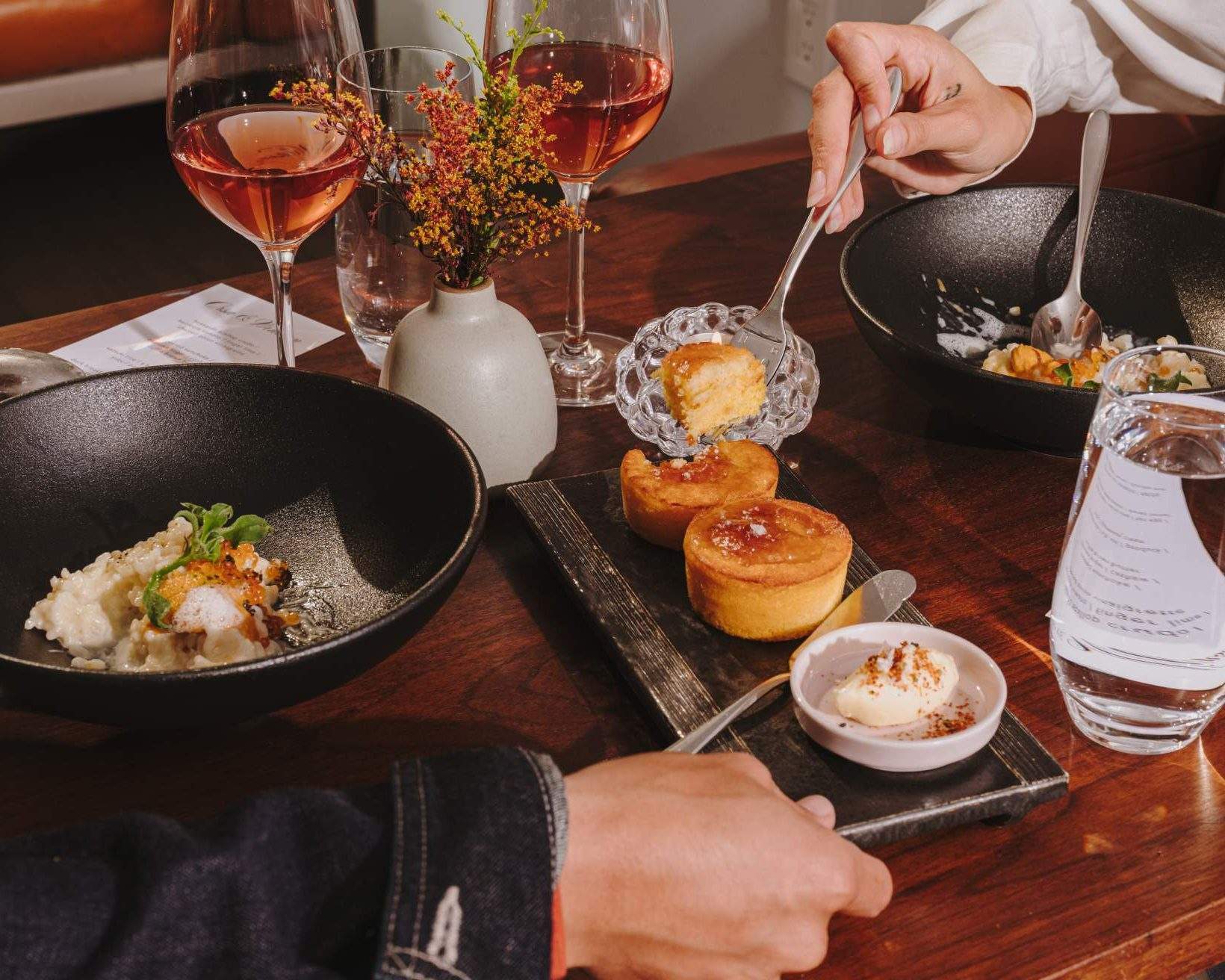While Australia is world-renowned for its rich culinary scene, new research has revealed three quarters (74%) of Australians have needed to ask wait staff to explain an item on a menu during their dining experiences, with more than a third (40%) shared their discomfort in asking for clarification of unfamiliar culinary terms and naming conventions.
To help diners improve their ‘food-cabulary’ in time for Valentine’s Day (and beyond), we’ve launched a Menu Jargon Buster.

When unsure of how to pronounce a menu item, the research found 47% of diners will point to a menu item when making their order, while a third (37%) of restaurant-goers will attempt to pronounce it without asking for wait staff assistance.
“Today’s chefs are reinventing classic techniques and international dishes, and bringing them into a modern framework. By pushing these boundaries to enhance the dining experience, some Australian diners are being challenged to keep up with food jargon; however, it definitely hasn’t dampened their thirst for trying new dishes or cuisines” – Lisa Hasen, Vice President of OpenTable, APAC.
Australians’ growing appetite for diverse, international dishes and ingredients is seen as a key reason why more diners are being exposed to new – and often unfamiliar – food terminology.
In Australia, the top ten most misunderstood menu items include:
- Mirepoix (68%)
- Salmagundi (68%)
- Shakshuka (66%)
- Pan haggerty (65%)
- Meuniere (63%)
- Beignet (63%)
- En papillote (62%)
- Lardo (61%)
- Amuse bouche (61%)
- Blanquette de veau (61%)
According to the research Gen Y, the age group commonly referred to as ‘the foodie generation’, are the most confused (83%) when it comes to menu jargon, with the demographic more likely than Gen X (71%) and Baby Boomers (68%) to have had to ask a waiter or waitress to explain an item on a menu when dining out.
“Food and dining experiences are heavily captured on social media, creating awareness of unique and distinctive culinary opportunities that entice individuals to try new dishes, sometimes without a complete understanding of how they are cooked or which ingredients make up the dish. We would always encourage diners to freely discuss any questions they may have with the wait staff, as having more knowledge of the dishes and their unique ingredients or cooking techniques can truly help to enhance the overall dining experience. Plus, it’s fun to learn new terms and speak a bit of food-French or Arabic!” – Lisa Hasen
High level findings include:
- Most Australians (83%) feel restaurant menus are more confusing than they need to be
- The majority of Australians (74%) have had to ask a waiter or waitress to explain an item on a menu when dining at a cafe or restaurant
- Four in 10 Aussies (40%) have felt too embarrassed to ask a waiter or waitress to explain an item on the menu
- Those living in NSW (78%) and VIC/TAS (78%) are more likely than Queenslanders (69%) and South Australians (63%) to have had to ask a waiter or waitress to explain an item on a menu when dining at a cafe or restaurant
- Those living in major capital cities (79%) are more likely than those living in regional rural areas (66%) to have had to ask a waiter or waitress to explain an item on a menu.
- Overwhelmingly, diners (72%) expect to find the most use of jargon or confusing and unclear menu terms on the ‘Mains’ section of restaurant menus. This is followed by the ‘Entree’ (14%) and ‘Lunch’ (9%) sections





